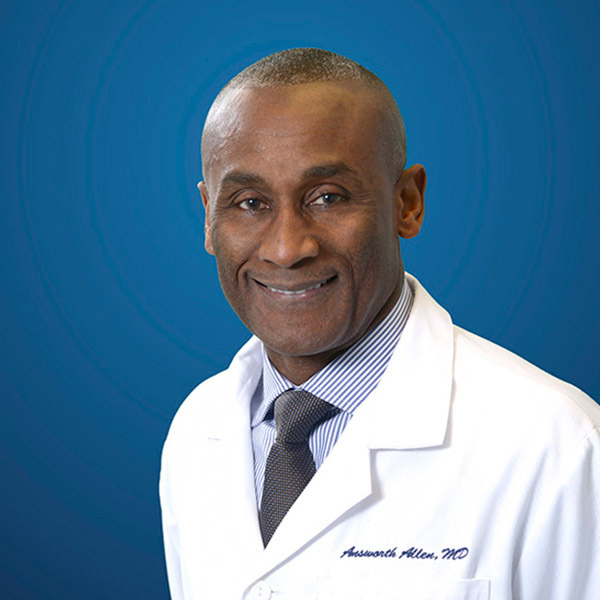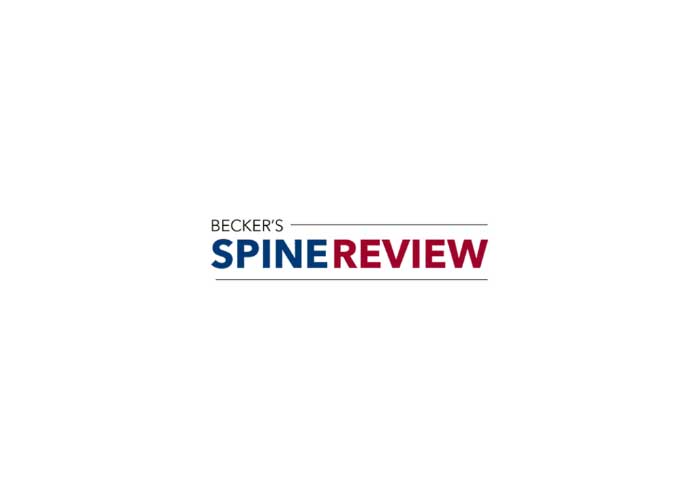What is Tennis Elbow?
Lateral epicondylitis, also known as Tennis Elbow, is a condition causing small tears in the muscles and tendons of the forearm from repetitive use. As a result of these small tears, pain and inflammation can develop at the lateral epicondyle, a bony prominence on the humerus (upper arm bone) on the outside of the elbow that serves as an attachment site for these tendons. As the name suggests, athletes that participate in tennis or other racket sports are at higher risk of developing epicondylitis. However, epicondylitis can occur from a work-induced injury seen in painters, butchers, plumbers, carpenters, and even gardeners. Dr. Answorth A. Allen, orthopedic elbow specialist serving patients in Manhattan, New York City, Westchester, Long Island and surrounding areas, has the knowledge and understanding, as well as substantial experience in treating patients who have experienced tennis elbow.

What are the symptoms of tennis elbow?
The most common complaint of tennis elbow or lateral epicondylitis is tenderness and pain over the lateral epicondyle on the outside of the elbow. Other symptoms include:
- A constant dull ache on the outside of the affected elbow
- Radiating pain into the upper or lower arm
- A weak grip making it difficult to turn a doorknob or hold a cup of coffee
How is Tennis Elbow diagnosed?
Dr. Allen can diagnose tennis elbow after obtaining a comprehensive medical history and physical examination. Some specific testing during the physical examination may include palpating over the lateral epicondyle of the affected elbow and straightening of the wrist and fingers against resistance. Diagnostic testing, including x-rays and magnetic resonance imaging (MRI), may be requested to identify damage to any other structures within the elbow joint, rule out bone abnormalities, and check for torn or damaged tissue.
What is the treatment for Tennis Elbow?
Non-surgical treatment:
Lateral epicondylitis can usually be treated successfully with conservative therapy alone. A combination of rest, ice, compression, and elevation can significantly reduce symptoms by limiting activity while the injury is healing. Non-steroidal anti-inflammatory medications can be used for pain management. In some cases, physical therapy may provide some benefit to patients with lingering symptoms.
Tennis Elbow can be successfully treated with conservative therapy alone. Based on the severity or complexity of the injury, one or more of the following therapies may be used:
- NSAIDs: Non-steroidal anti-inflammatory medications can be used for pain management and to reduce the inflammation associated with this injury.
- RICE: A combination of rest, ice, compression, and elevation can significantly reduce symptoms simply by limiting activity while the injury heals.
- Brace: A specialized brace that is centered over the forearm muscles helps the tendons and muscle adequately rest while the injury is healing.
- Physical therapy: The goal of physical therapy is to strengthen the muscles and tendons of the elbow by performing certain exercises as well as other muscle stimulation techniques.
- Platelet Rich Plasma (PRP): Studies have shown that platelet-rich plasma is as effective as corticosteroid injections without the correlated risks.
Surgical treatment:
For patients that experience more severe elbow pain, or when conservative therapy is unsuccessful, surgical repair may be necessary. Dr. Allen can repair the damaged tendons with a minimally invasive surgical method using a small incision made in the area of the damaged tendon. This surgical treatment is called an elbow lateral epicondylitis repair and the damaged tendon is debrided and the remaining healthy tendon is reattached to the lateral epicondyle using small sutures and anchors.
Tennis Elbow Specialist

Are you an athlete that participates in sports such as racquetball or tennis? If so, you may be at an increased risk of developing tennis elbow. This condition causes inflammation in the elbow due to repetitive forearm movements. Tennis elbow can be treated conservatively, however, more serious cases may benefit from surgical repair. Elbow specialist Doctor Answorth Allen provides diagnosis and treatment for patients in Manhattan, New York City, Westchester, Long Island and surrounding areas who have experienced a recent elbow injury. Contact Dr. Allen’s team today!






